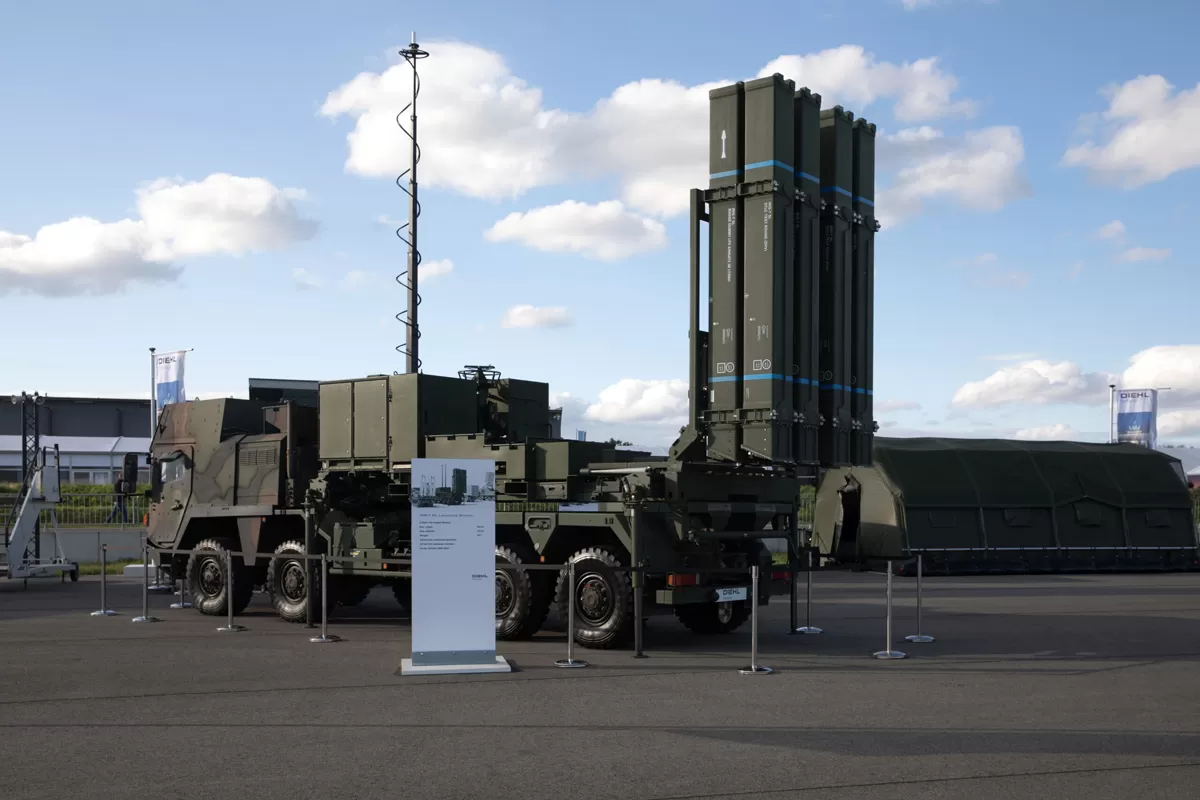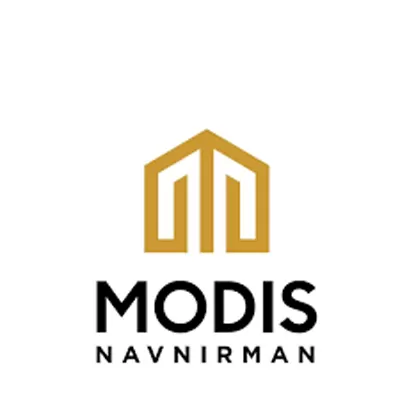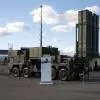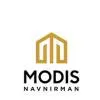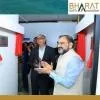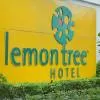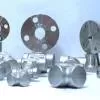This landmark project has been created by adding to an existing structure, green features that adhere to the Gold rating by USGBC's Existing Building Category.
There's clearly something special about Godrej Bhavan. In 2011, it was certified Gold by the US Green Building Council (USGBC) under the Existing Building (EB) category. In fact, of the 23 projects registered for this certification in India, it was the first in Mumbai and the sixth building to receive this certification.
Rumi P Engineer, LEED AP, BEE Energy Manager, Senior General Manager, Green Building Consultancy Services enumerates the green features that led to this achievement in conversation with
Shriyal Sethumadhavan.
Key green features: For starters, the project has a good building envelope, which includes a roof garden; natural daylight harvesting in the occupied area; natural surrounding with trees that helps maintain the microclimate; operable windows for fresh air; and recessed glazing and shading devices. The electromechanical systems include energy-efficient screw chillers with primary variable pumping system that optimise energy and retrofitted T-8 fluorescent tube lights with T-5 (HE) low-mercury tube lights. Water saving is achieved through low flow/flush water fixtures and reduction in usage of potable water with non-potable water is used for landscaping, flushing and cooling tower makeup. Waste management includes the collection and segregation of recyclable waste; diversion of dry waste to authorised recyclers and wet waste to vermi-compositing plant; and disposal of e-waste in an environment-friendly way. Measurement and verification is achieved through building management systems (BMS); rigorous monitoring and analysis of data from electromechanical systems to sustain and improve energy efficiency; and rigorous monitoring of end use of water.
Being the consultants for the project and further to the initial brief, our objective was to improve overall systems, achieve energy efficiency, and introduce best management practices to operate and maintain the systems.
The background: The catalyst for the transformation of Godrej Bhavan into a green building was Jamshyd Godrej, who germinated the thought process. Today, many new buildings are going in for certification under NC/CS (New Construction or Core & Shell). However, there is also a large stock of existing buildings with very high potential for improvement in efficiency, resulting in reduction in energy/water use and institutionalising best management practices in other disciplines like green purchase and waste management policy, and good housekeeping.
With this in mind, a considerable amount of time was spent in researching the rating system; we discovered that few organisations even knew about this rating system under which a structured programme can be initiated. Eventually, work commenced two years ago as there were many changes to be made in the electromechanical systems and many practices to be put in place.
Making the switch: As Godrej Bhavan was an existing building, a variety of measures had to be taken to improve the overall efficiency of the building, particularly with regard to the HVAC system. For instance, while the cooling tower was retained, the fills and motors were changed. Old and inefficient DX-type reciprocating compressors were replaced by highly efficient screw chillers and high-efficiency pumps and motors were installed. Earlier, there was one air-handling unit (AHU) to cool all six floors of the building plus the retail area and no control of temperature on each floor. Now, there is a dedicated AHU for each floor with temperature controls, providing thermal comfort. Variable frequency drives (VFDs) have been installed in the pumps and AHUs. Further, there was no provision for fresh air; now, there are provisions for fresh air in each AHU room, facilitating indoor air quality.
Sub-metering of energy and water end use helped to understand and analyse the energy efficiency of the operational systems. A water softening plant was installed to ensure water quality and prevent scaling, and the switch from potable to non-potable water for cooling tower makeup, flushing and landscaping helped conserve water. What's more, the use of native and adaptive species for landscaping rather than ornamental species has helped save more water.
The design of the building has helped the process of 'greening'. The building is oriented such that the broad side faces north-south, while the small side faces east-west. As mentioned earlier, there is good daylighting and all windows are operable and recessed to provide shade. The AHU room and fresh air intake are oriented towards the north and surrounded by rain trees that provide shade through the year.
For its part, the BMS helps monitor and control the HVAC system, establishing control over the end use of energy, and the switch from T-12 to T-5 lighting saves power - T-12 consumes about 40 v while T-5 consumes about 28 v. Indeed, the installation of the BMS has transformed operations and maintenance practices in the building; facilities and maintenance staff have upped their productivity while bringing in greater accountability.
The challenge of retrofitting: The greening of Godrej Bhavan brought its share of challenges. Just as it is easier to teach and mould a person in infancy than adulthood, it is easier to make a building green when it is being built. The fact that changes have to be made with occupants in the building is a major hurdle. It requires meticulous planning and execution with military precision to change over from existing to new systems.
In terms of procedures, there are two ways in which you can make an existing building green. You can either go for the process with certification or without. And if you go for certification, you have to comply with certain criteria and that's where the difficulty comes in. If you are not going in for certification, you can do many things and have something like a low, medium and high investment. The low investment can be done up front, medium investment maybe when you are doing an alteration and the high investment with management strategic assistance.
For Godrej Bhavan, the total investment was somewhere around Rs 60 lakh - where the major investment was for the chiller - and the payback will come in four to five years. Eventually, the thumb rule for making any building green is to create a baseline for energy and water efficiency and improve upon the same. For this, you need to have robust monitoring systems and the process needs to be undertaken with rigour.
Our takeaway: For us, the takeaway from the journey towards certification was tremendous. For starters, it helped identify the gap in operations and maintenance performance; institutionalise best practices to enhance the building's performance; and optimise energy, water and natural resources, while waste management improved the indoor environment. And while helping us maintain a continual focus on operating efficiencies, other benefits include improving upon the building's systems performance; addressing cost streams associated with building operations; improving occupant comfort resulting in productive employee workspaces; spreading awareness among building occupants and visitors; providing public recognition for leadership in sustainability; and offering a showcase for other corporate houses to emulate in future.
The 'triple bottom line' approach: In the past, people focused only on energy and water savings but there has been a paradigm shift. People have now adapted a holistic approach: sustainability. Sustainability covers a gamut of concerns, including energy, water, reduce, reuse, recycle, green purchase and waste management policy; this movement results in a triple bottom line approach that addresses energy and environment; economics; and society. This, undoubtedly, is the path for us all to follow in the future.
Project details:- Year of construction: 1972
- No. of storeys: 2 Basements + Ground + 6 floors
- Gross area: 41,185 sq ft
- Air-conditioned area: 23,597 sq ft
- Non air-conditioned area: 17.588 sq ft
- Developer: Godrej Properties Ltd. Tel: 022-6651 0200. Fax: 022-2207 2044. Website: www.godrejproperties.com
- Project costs: Investment at Rs 55 lakh. Payback at four to five years.
- Green Consultant: Green Building Consultancy Services. Tel: 022-6796 2228. Fax: 022-6796 1525. Website: www.godrejgreen building.com
- Contractor: Trane India Pvt Ltd (Chillers). Tel: 022-6154 0500. Website: www.trane.com
- The landscaping, civil works, HVAC, electrical, fire-detection, roofing and plumbing services have been provided by the Godrej Inhouse team.
Rumi Engineer's Perspective:"Going green results in a host of tangible and intangible benefits for the occupants of a structure. Sustainability is an ongoing process. For successful business management, it has to be an integral part of the business strategy. It is a top-driven approach that requires dedicated, knowledge-based resources. Today, there is a definite shift in the mindset of people towards sustainability."
Would you like to share details of any green initiatives? Write in to us at feedback@ASAPPmedia.com
